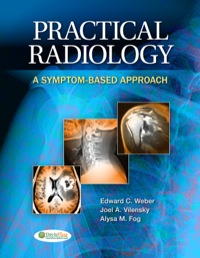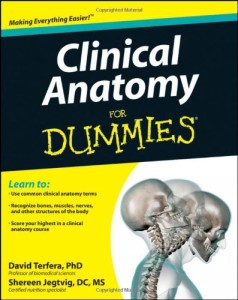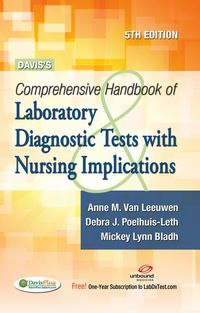sqadia.com has breathed life into the concept of V-learning™, with our medical editing team and professional educators, ensuring each lecture is a jackpot of information, packaged to you in an engaging manner. Providing an experience, that is beyond the classroom with special focus on deepening the understanding of the clinical practice and medical examinations, in relation to real-life case studies, so students are able to truly learn and assimilate all concepts. Explore through our vast catalogue of over 1500+ video lectures, to learn a huge range of topics.
sqadia120
Bite-sized videos packed with everything you need to know in just 120 seconds….Hence the name “sqadia120”. How genius! So, if you are looking for just an overview, we got you covered!
Exam Tips
Looking for important questions your examiner might ask in your oral exam? Or just need notes to go through a single topic? Just watch our exam tips! They are short videos that accompany our full length lectures. They act as visual notes, which are focusing on just a single topic.
Crash Courses
The course will give the student an overview of the curriculum and content. Such courses are quite useful if you want a quick introduction to a very extensive subject. For students, this is particularly useful tool up to the exam.
Topics:
– Basic Molecular Genetic Mechanisms – I
– Basic Molecular Genetic Mechanisms – II
– Blood Vessels and Blood Cell Formation
– Cancer
– Cell Cycle (UH)
– Cell Cycle Regulation
– Cell Death
– Cell Isolation and Culture Growth Techniques
– Cell Locomotion and Intermediate Filaments
– Cell Signaling
– Cell-Cell Junction
– Cell-Cycle Control in S. cerevisiae and Mammalian Cells
– Cell-Matrix Junctions
– Cellular Energetics
– Composition of Extracellular Matrix
– Cytoskeleton
– Development of Multicellular Organisms
– Developmental Transitions
– Electron Transport Chain and ATP Production
– Endoplasmic Reticulum
– Energy Conversion_ Mitochondria
– Epigenetics
– Eukaryotic Cell Cycle Regulation
– Eukaryotic Chromosome
– Extracellular Matrix of Animals
– Fibroblast and Skeletal Muscle Genesis
– Growth
– Infection
– Intracellular Compartments and Protein Sorting
– Intracellular Secretory Pathway and Endocytosis
– Invertebrate Development
– Mechanism of Cell Signaling
– Membrane Structure and Function
– Microtubule Dynamics and Motor Proteins in Mitosis
– Microtubules
– Molecular Structure of Genes
– Morphogenesis
– Necrosis vs Apoptosis
– Pathogen Invasion
– Pattern Formation
– Peroxisomes
– Post Transcriptional Gene Control
– Protein Translocation via ER
– Quaternary Structure of Protein
– Regeneration, Repair and Cell Reprogramming
– Signaling at the Cell Surface – I
– Signaling at the Cell Surface – II
– Stem Cells and Renewal in Epithelial Tissue
– Structure of Proteins
– Transcription Control of Gene Expression
– Types of Signaling Pathways
– Vertebrate Pattern Formation
– Vesicular Traffic and Secretory Pathways
– What are the 3 main functions of lysosomes_
– What is the Mechanism of Transcytosis_










Reviews
There are no reviews yet.